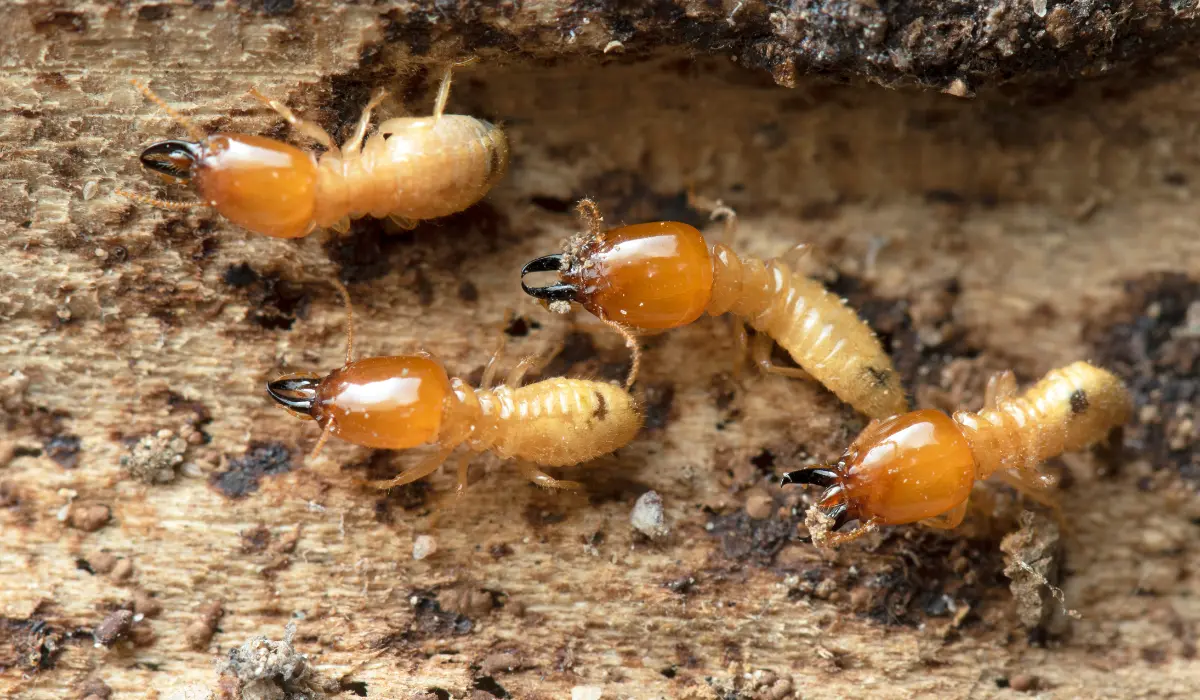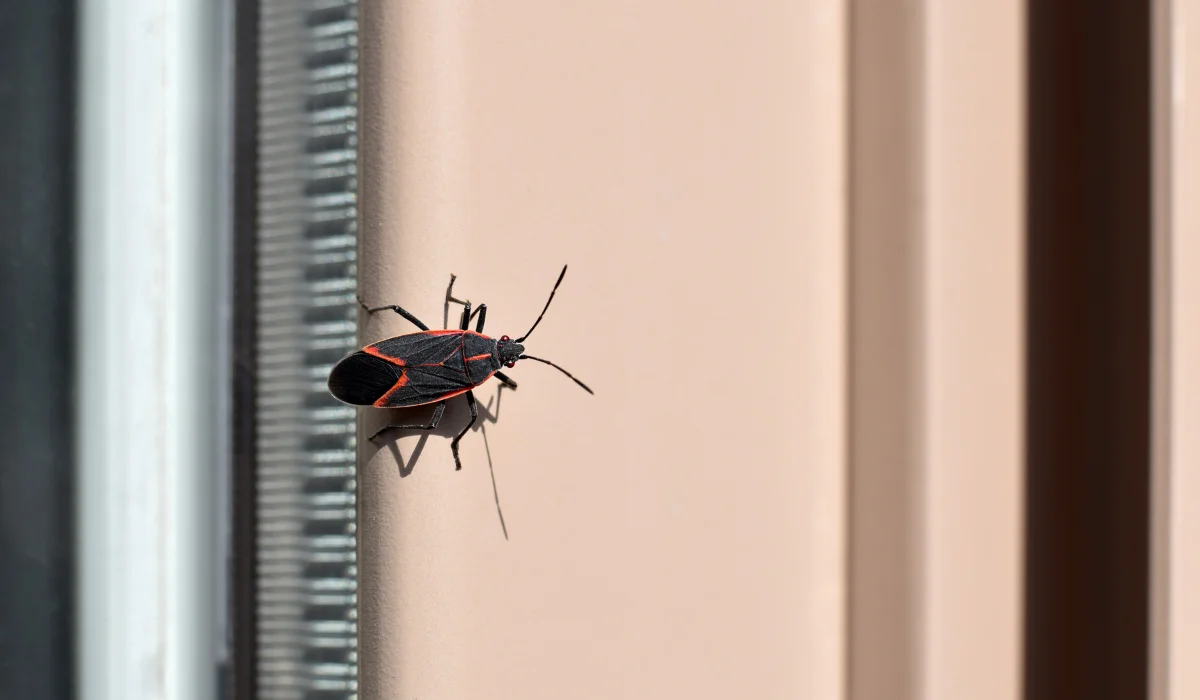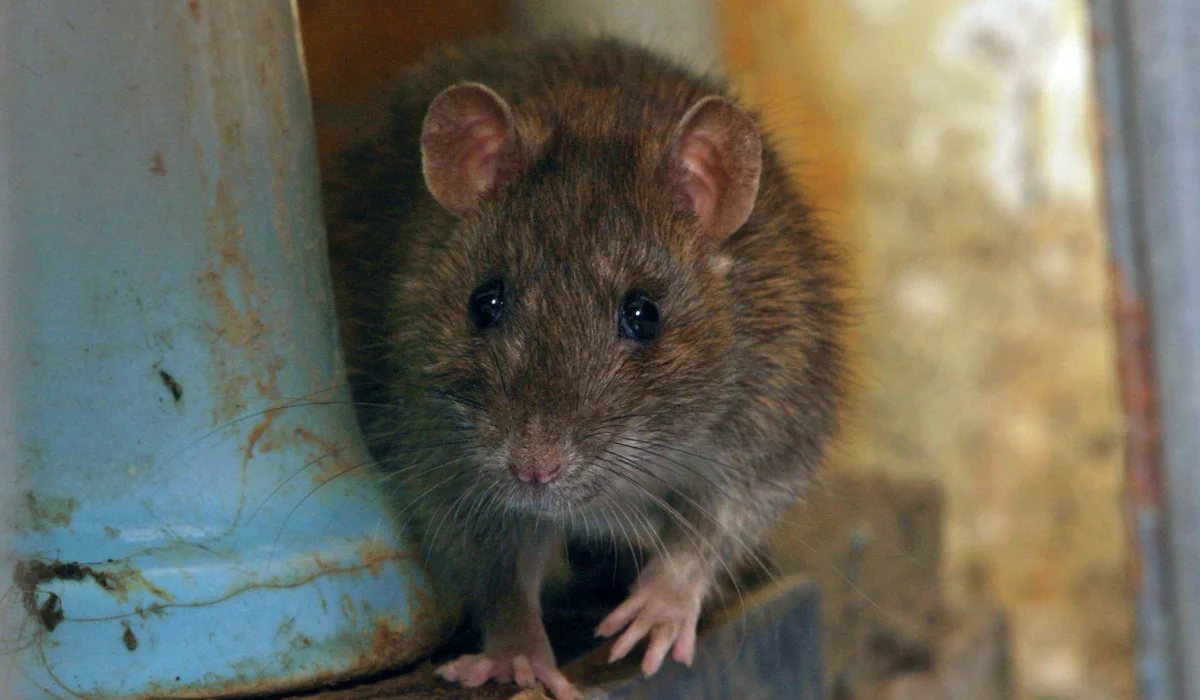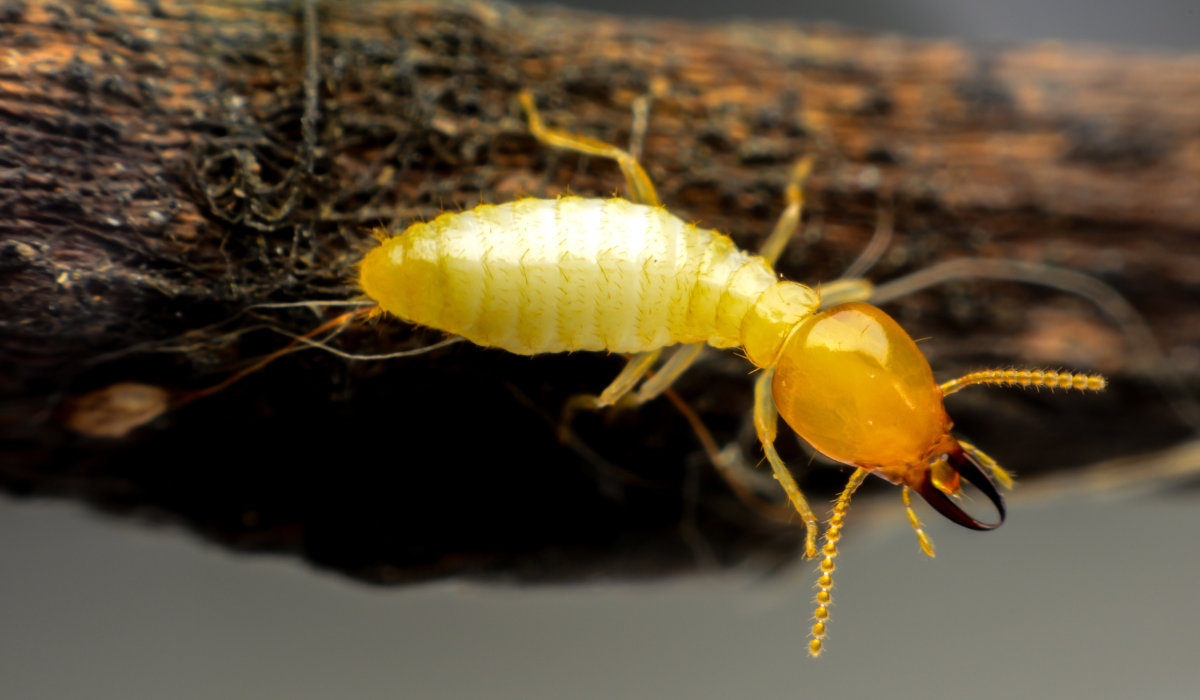If you own a home in South Louisiana, you already know how much damage termites can do, especially if you’re not looking out for the signs. Our warm, humid climate makes this region a hotspot for termite activity, and catching it early is key to avoiding costly repairs.
Whether you’re doing a regular home inspection or just have a hunch something’s off, this termite inspection checklist is designed to help homeowners like you spot trouble before it becomes a full-blown termite infestation.
Key Takeaways
• Mud tubes, soft baseboards, and discarded wings are clear signs of termite activity that should not be ignored.
• Crawl spaces, attics, and wooden furniture are common places where drywood and subterranean termites leave behind frass or damage.
• Moisture problems, wood-to-soil contact, and mulch near the home all create easy access for termite infestations to start.
• A thorough termite inspection checklist and prompt help from a pest control company can stop termites before major damage occurs.
Check Around the Foundation for Mud Tubes
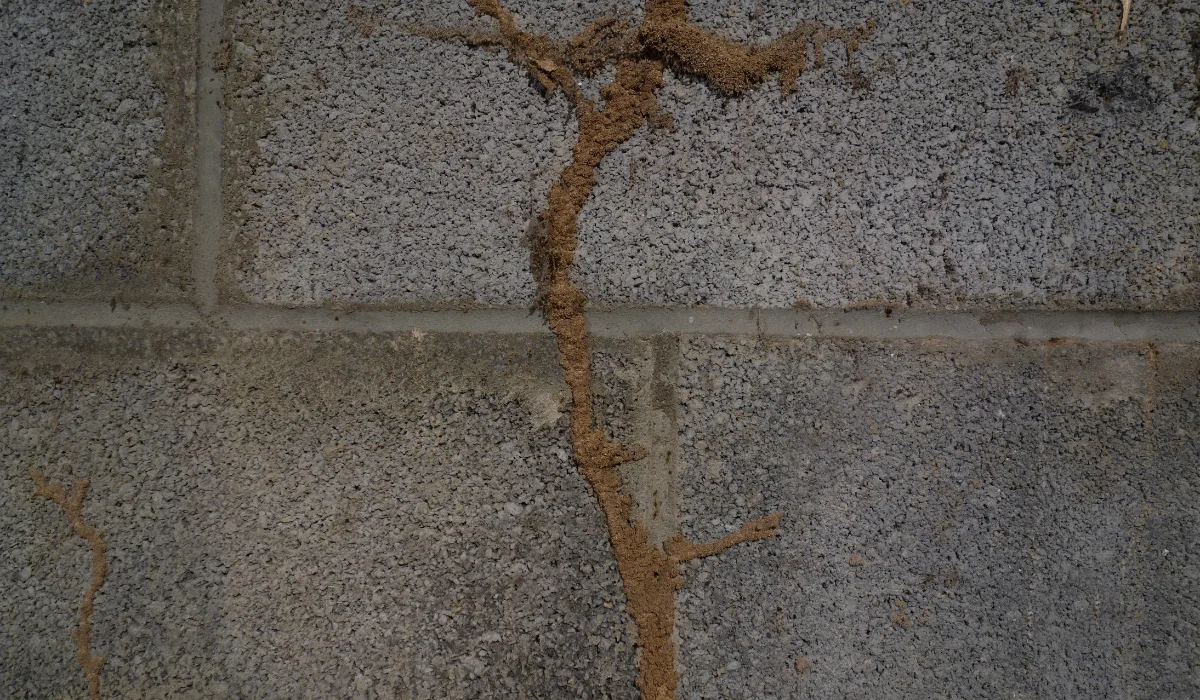
Subterranean termites are the most common termite species around here, and they rely on mud tubes to travel between the soil and your home. These thin, tunnel-like structures help them maintain moisture as they move from their nests to their food sources, like the wood in your home.
Scan the exterior of your home, especially where there’s wood contact near porches or crawl spaces, for these telltale signs of termite activity.
Inspect Baseboards and Door Frames for Damage
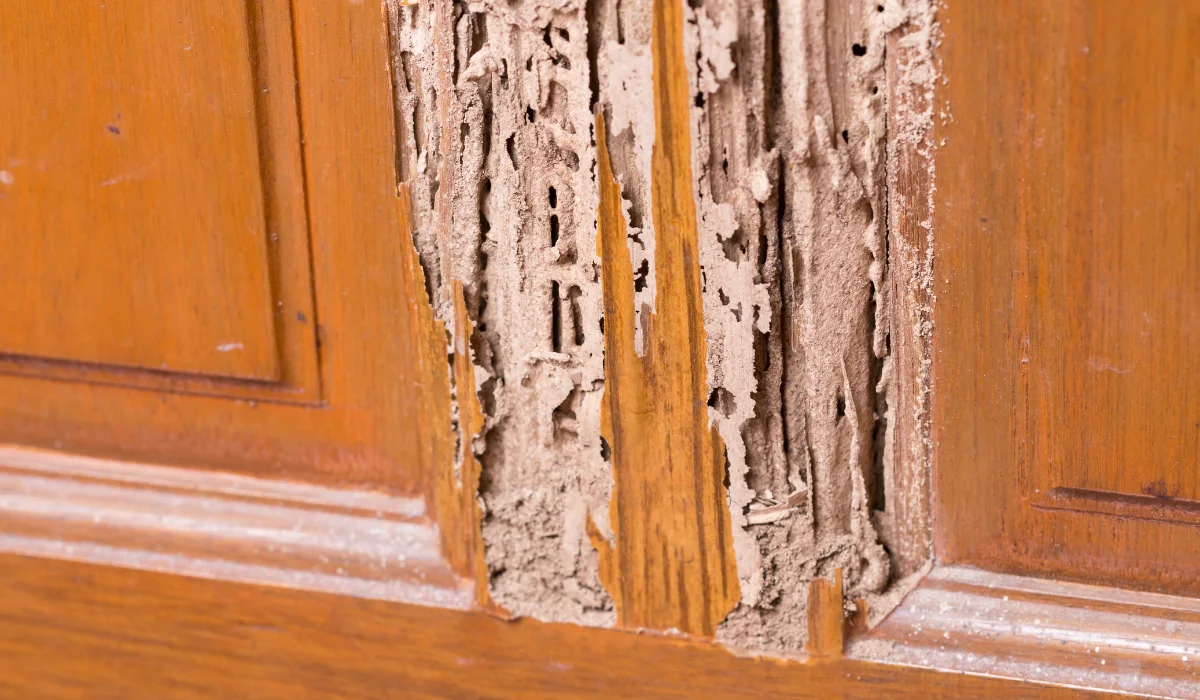
Walk through your home and look closely at baseboards and door frames. Take a screwdriver and press gently into the wood.
If it feels soft or you see it flake apart, that could point to termite damage. These wood-destroying insects often hollow out wood, which means the surface might look fine while the inside is crumbling.
You might even notice small crevices or cracks near these areas, another sign that termites have been chewing away.
Look for Swarmers or Discarded Wings
Termite swarmers are the winged reproductive members that come out in droves during mating season.
If you see piles of wings near windowsills, wooden furniture, or light fixtures, it’s time to call a termite inspector. These wings mean that a termite colony is either nearby or, worse, inside your home already.
Examine the Attic and Crawl Spaces for Frass or Nests
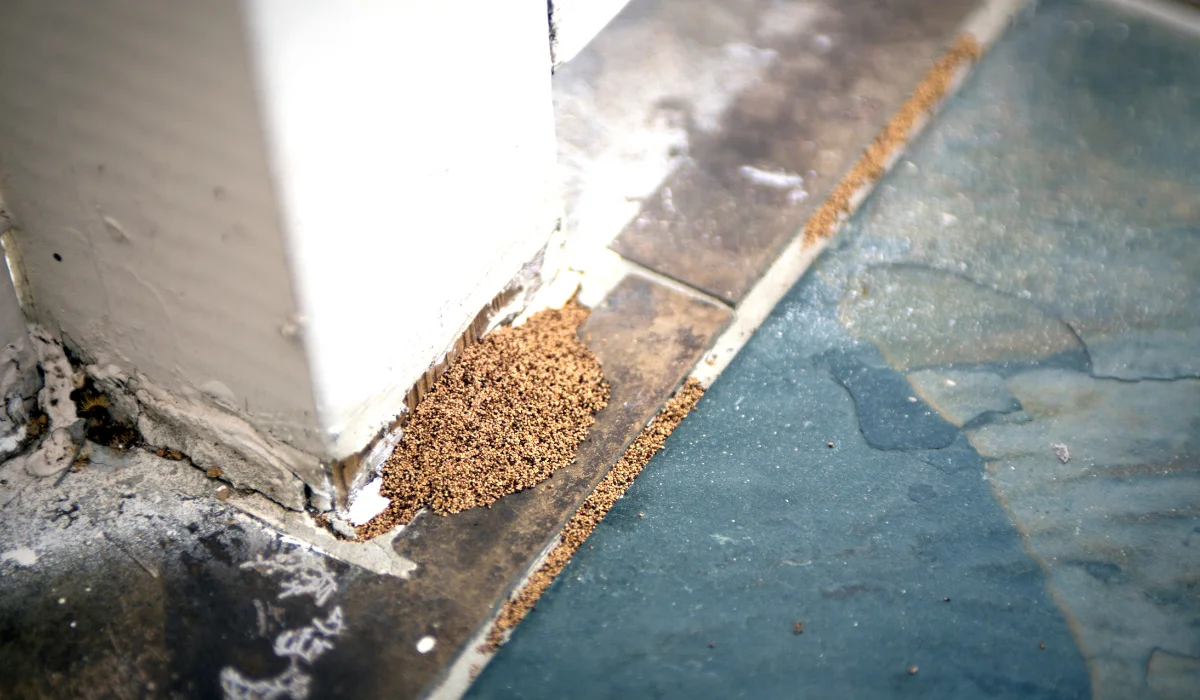
Drywood termites don’t need contact with the soil like their subterranean cousins. Instead, they live directly in the wood and leave behind frass, tiny, dry pellets that look like sawdust. Check your attic’s joists, sills, and any wooden structures for frass and termite nests.
In crawl spaces, inspect beams and other support elements that are critical to your home’s structural integrity.
Look for Water Leaks and Moisture Issues
Moisture issues are a magnet for termites. Inspect areas around sinks, water heaters, and behind appliances for water leaks and wood rot.
Even your gutters can play a role; if they’re clogged, rainwater can pool near your foundation, soaking into wooden structures and creating an easy way for them to spread.
Fixing water damage quickly can reduce the risk of infestation.
Look for Wood-to-Soil Contact and Easy Access Points
Homes with untreated wood touching the soil are especially vulnerable.
Check for wood mulch piled against your siding, wood fencing, or porch supports that rest directly in the dirt.
Subterranean termites use these contact points as entry points to your home. Creating a barrier of gravel or stone can help reduce their access.
Inspect Furniture, Wooden Items, and Stored Boxes
Inside your home, inspect wooden furniture, bookshelves, and anything made of cellulose. Termites can feed on cardboard boxes, especially the ones tucked away in garages or sheds.
If you store firewood, make sure it’s kept off the ground and far from your home’s perimeter.
Check Landscaping Around the Home
Tree branches hanging too close to your roof can serve as a bridge for termites and other pests. Trim back foliage to reduce entry points, and make sure mulch is kept at least 12 inches from the foundation.
Consider replacing wood mulch with alternatives like gravel or rubber mulch for better termite control.
Inspect Gutters, Fascia, and Roofline
Termite damage can start high up, too. Look for water damage or sagging fascia boards, signs that moisture has weakened these areas.
Termites can enter through the tiniest gaps, so it’s essential to keep your roofline and gutters in good shape to avoid structural damage.
Document What You Find for a Future Inspection Report
Whether you’re checking for signs of termite damage yourself or prepping for a professional termite inspection, it helps to take notes. Document any signs of termite droppings, damaged wood, or mud tubes.
This DIY inspection report can come in handy if you end up needing termite treatment or if you’re working through an FHA loan or other property transaction that requires a termite inspection checklist.
Think You Found Termite Activity? Let Us Take It from Here
Even if you’re confident with a flashlight and screwdriver, some infestations are just too hidden or too far along for DIY methods to work. That’s where we come in.
At LaJaunie’s Pest Control, we specialize in termite control across South Louisiana, offering same-day service, thorough home inspections, and customized pest management plans.
Schedule your regular termite inspection today, and stop termites before they cost you more than you bargained for.
 By: LaJaunie's Pest Control
By: LaJaunie's Pest Control 